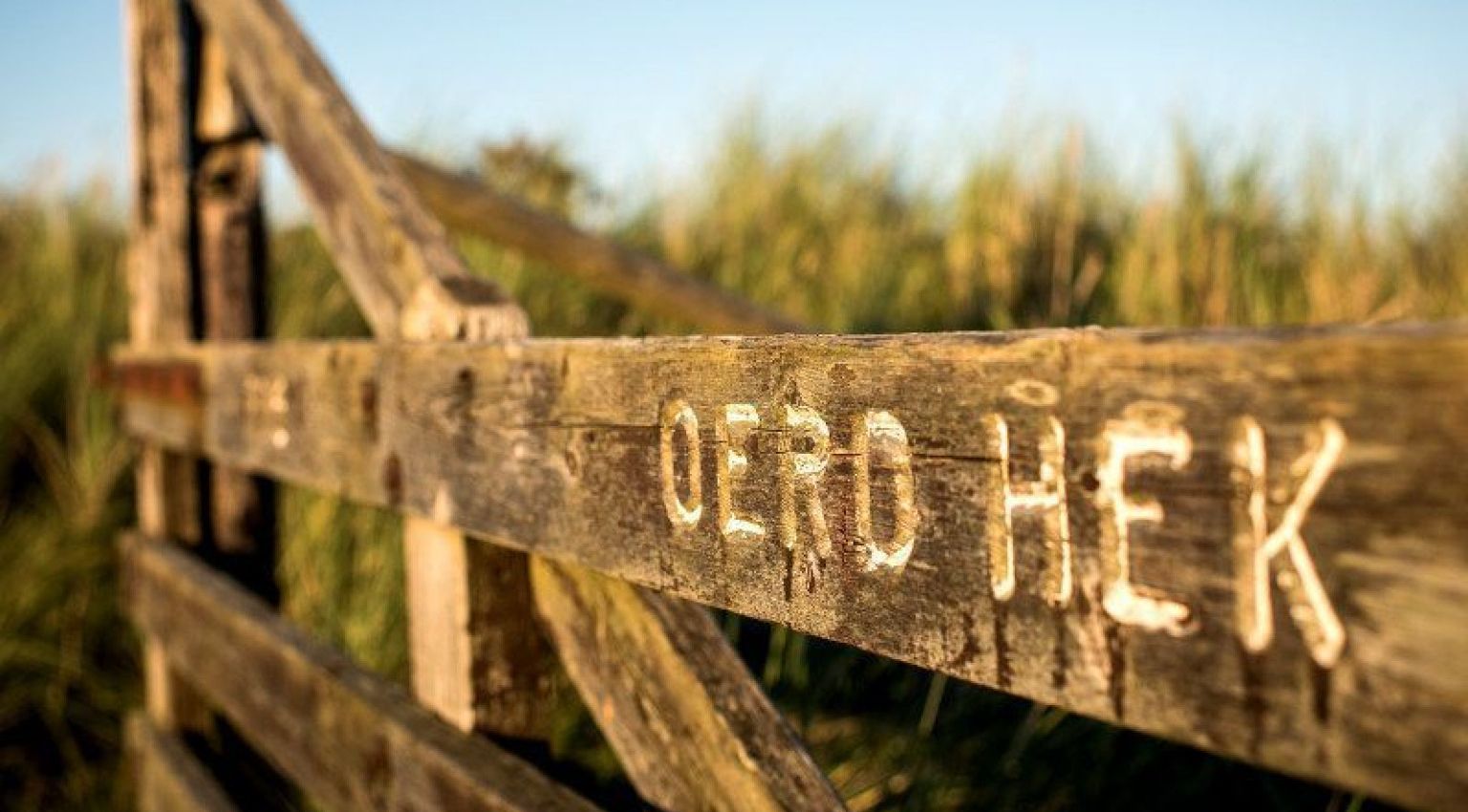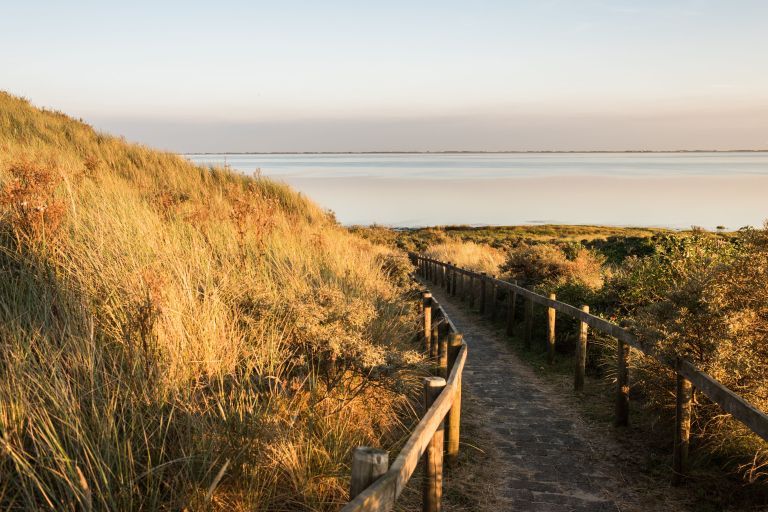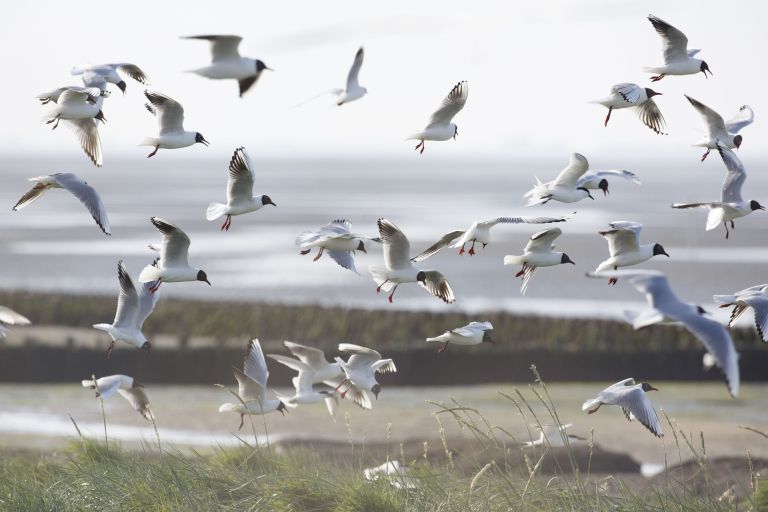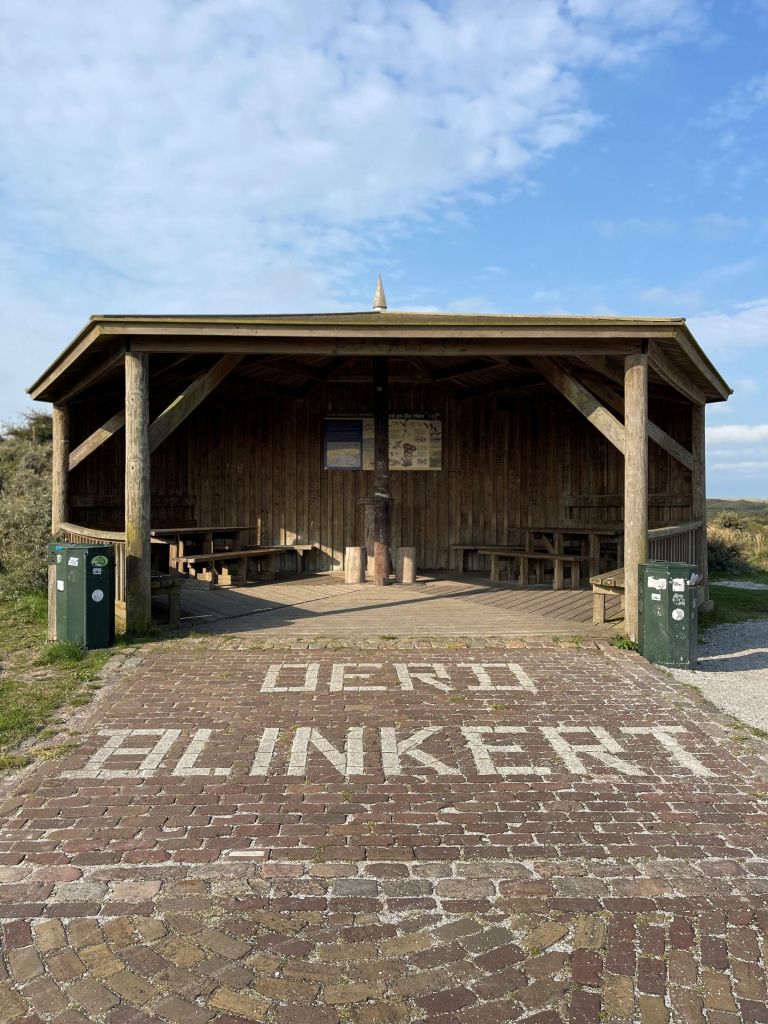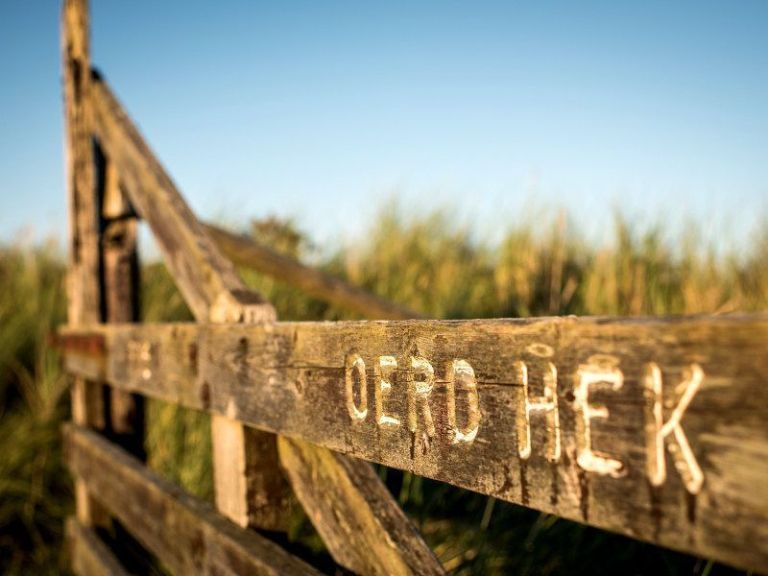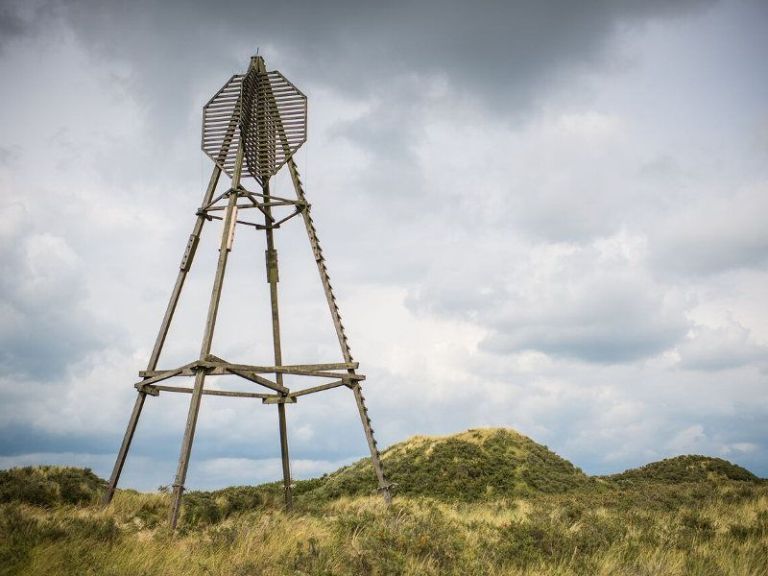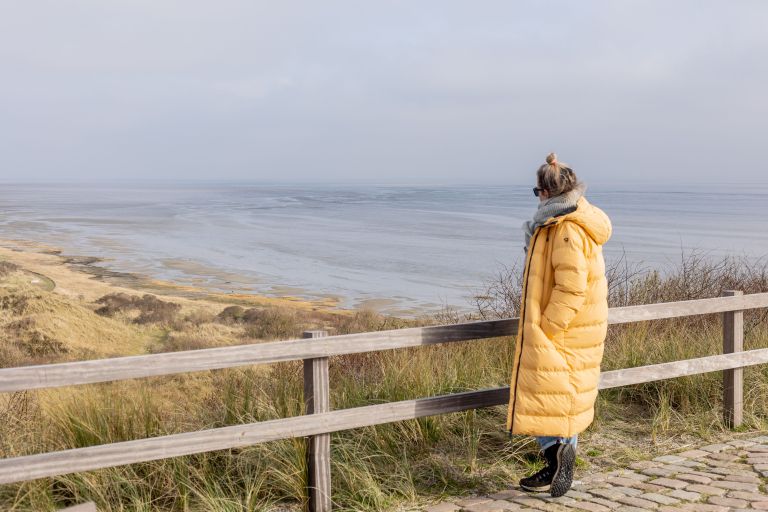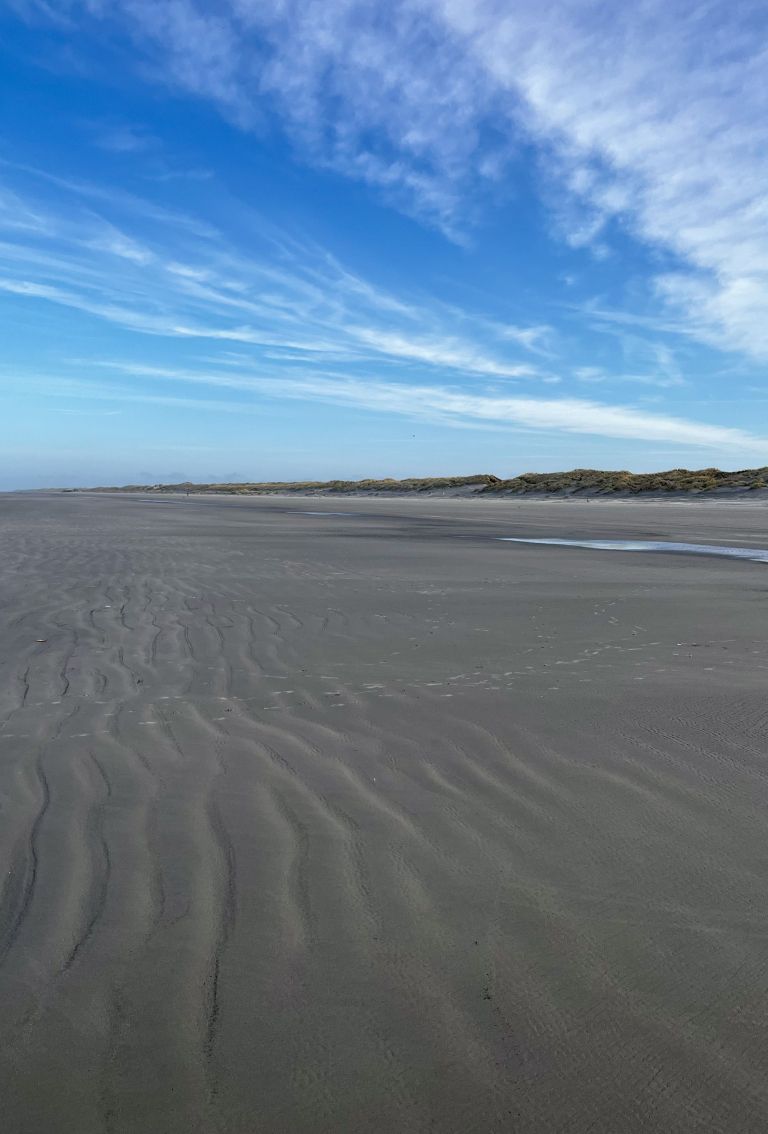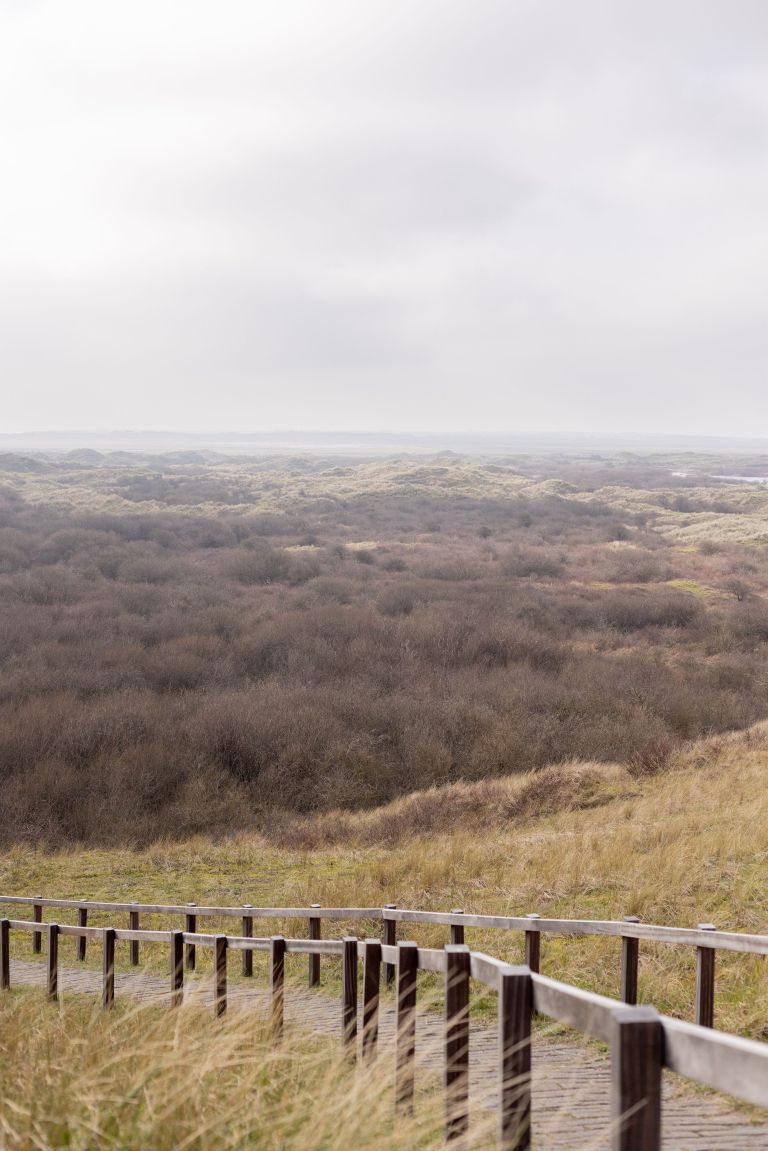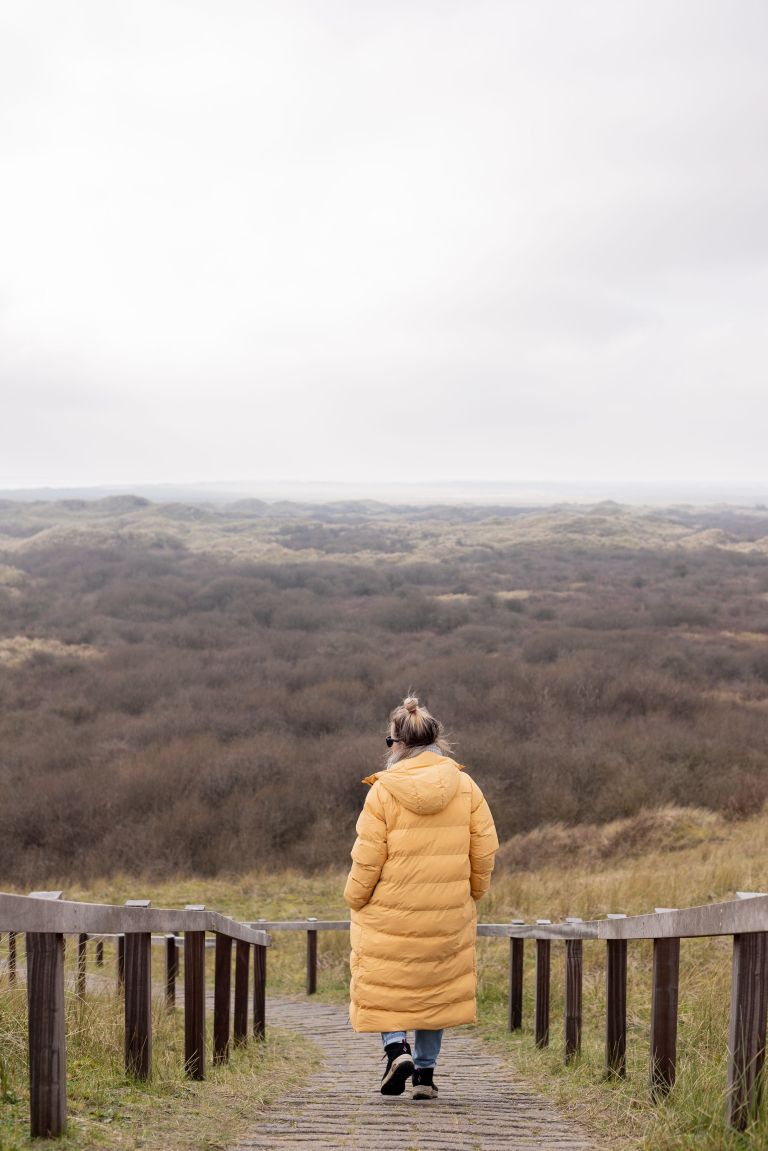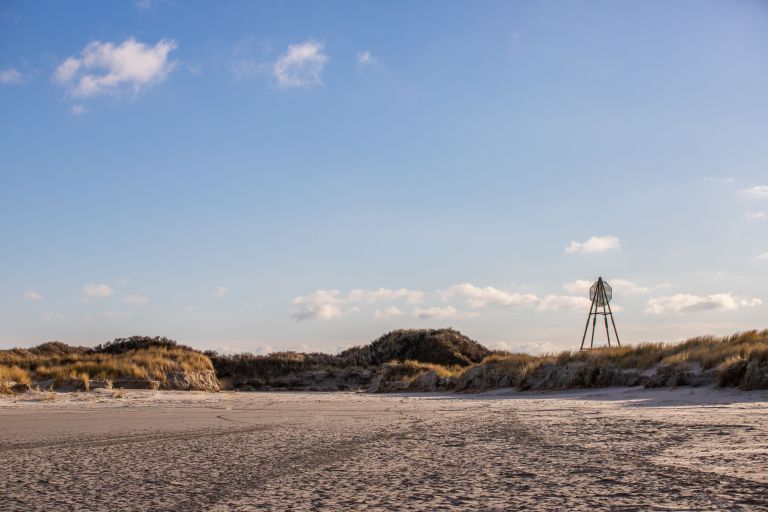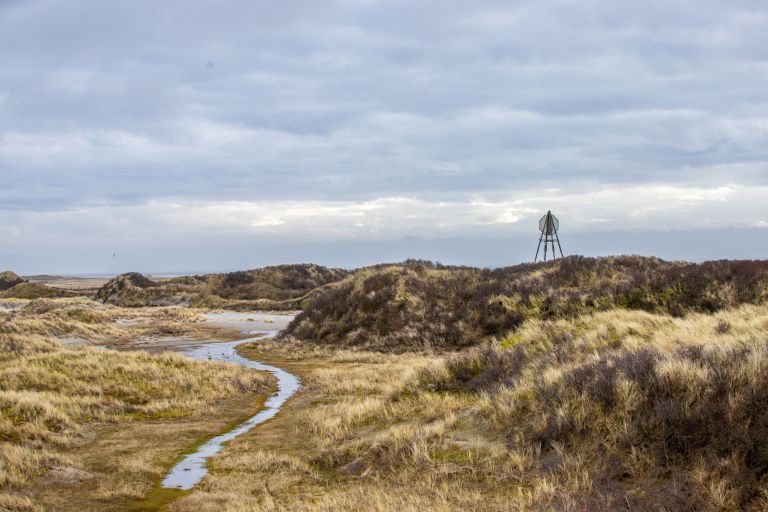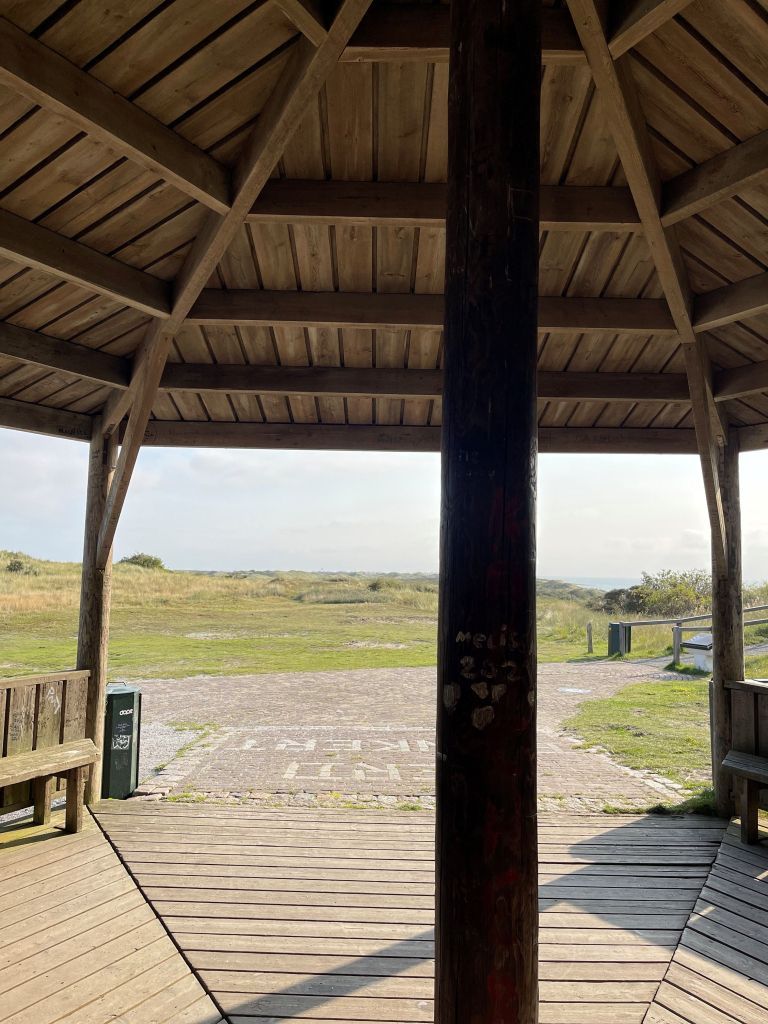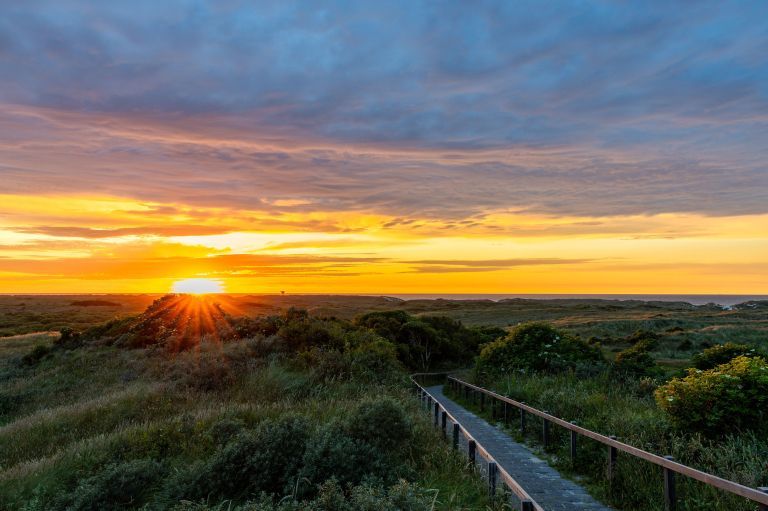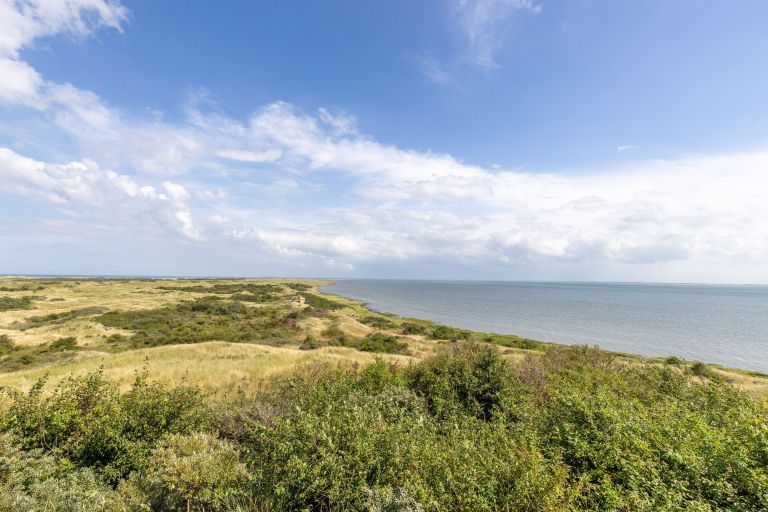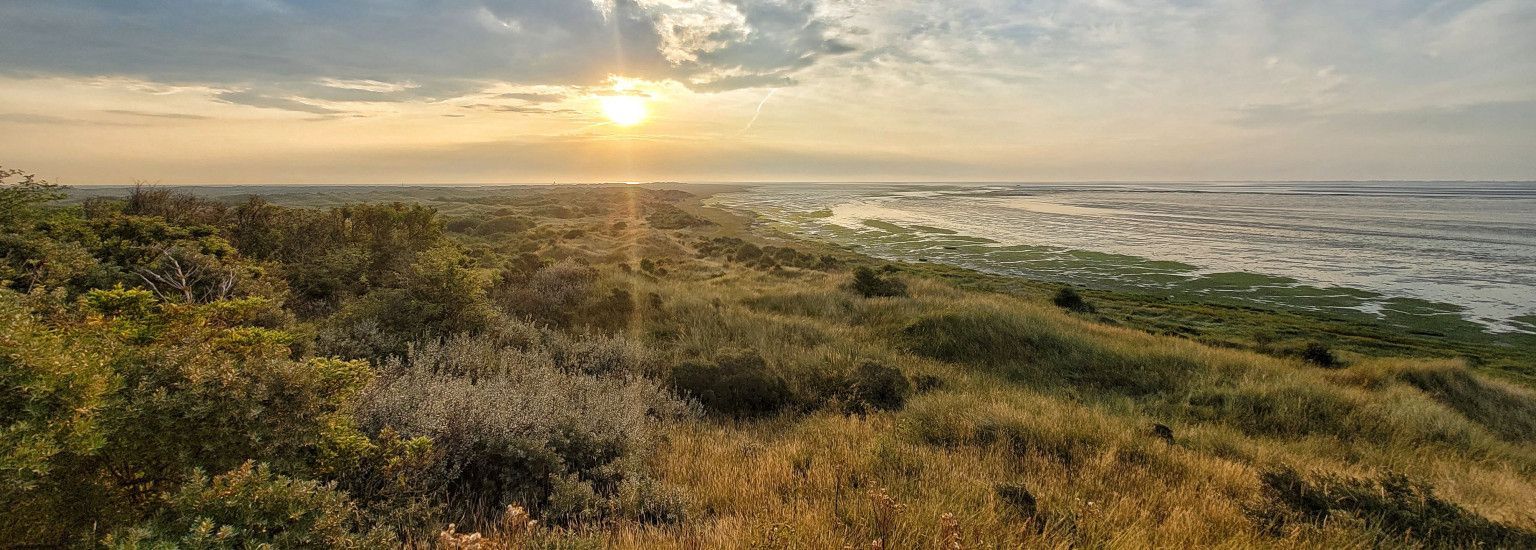
Oerd and Hôn
On the eastern side of Ameland lies one of the island's most impressive nature reserves: the Oerd and De Hôn.
This vast dune area is a haven for birds and a paradise for walkers. Discover why this pristine nature is so special and be inspired to explore it for yourself. Discover the rich flora and fauna and experience the dynamics of wind and water in this unique landscape.
The Oerd: ancient dunes and unprecedented views
Het Oerd is one of the most special nature reserves on Ameland. Here you will experience nature in its purest form. This ancient dune area remains in motion and is largely overgrown with marram grass, sea buckthorn and other typical dune vegetation.
The rugged landscape is home to impressive high dunes, some of which are up to 20 metres high. Ameland's highest dune peak, the Oerderduin with its 24-metre height, treats you to panoramic views of the island and the Wadden Sea.
The Oerd is a paradise for nature lovers and birdwatchers: here you can spot breeding birds such as the hen harrier, shelduck, spoonbill and numerous songbirds. A walk through this varied area lets you experience Ameland's raw, dynamic beauty to the full.
The Hôn: untamed wilderness on the eastern tip
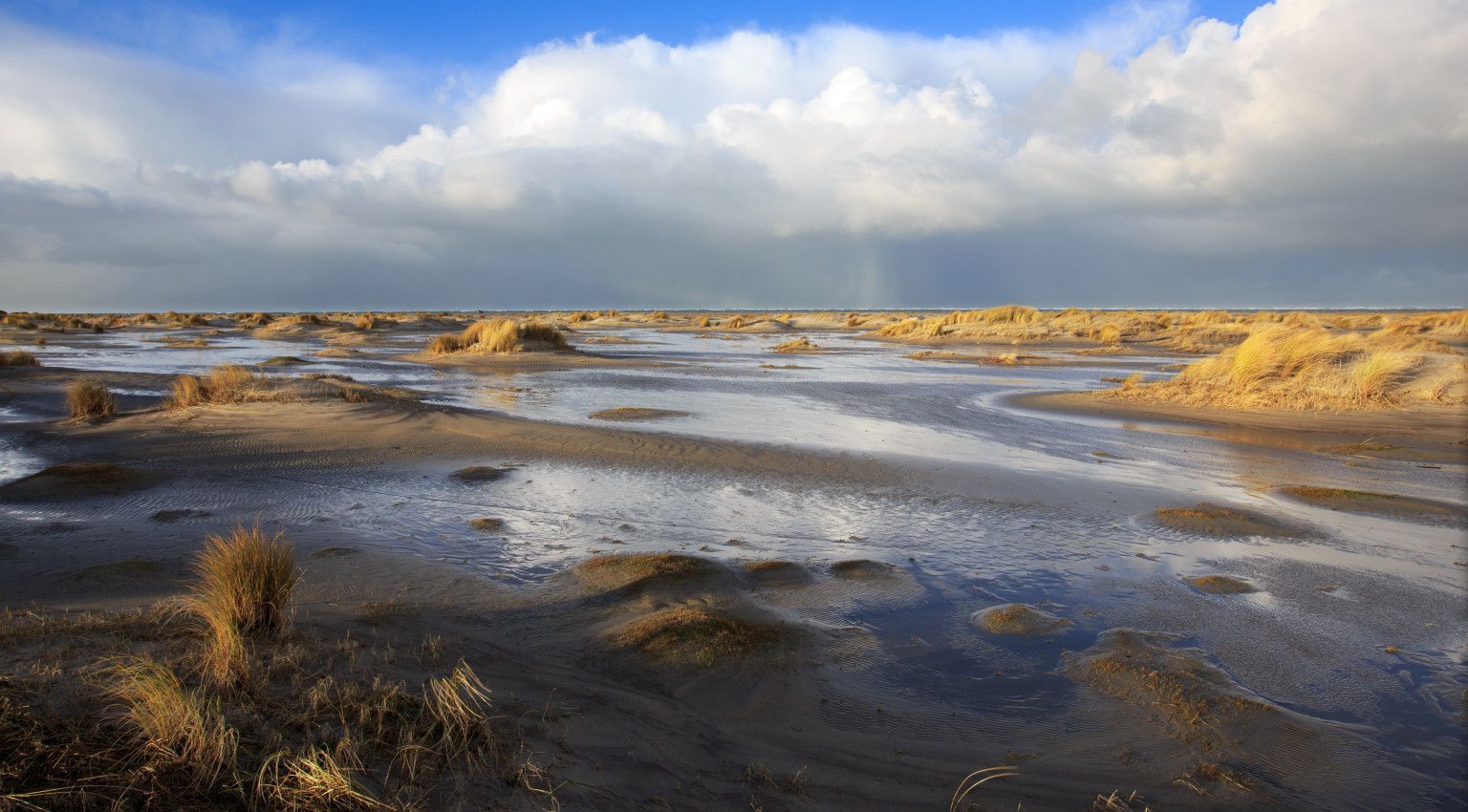
Where North Sea meets Wadden Sea
The Hôn, located east of the Oerd, is a young and pristine nature reserve that has grown considerably in dune height and vegetation over the past 50 years. This secluded area, formed by the continuous accretion of sand, lies on the border of the North Sea and the Wadden Sea, where currents converge and continue to shape the landscape.
The extensive beach plains and salt marshes give the sea plenty of room to create new sandbanks and mud flats, so the area is constantly changing. This dynamic interplay of sand, water and wind makes the Hôn a special place for coastal shaping and biodiversity.
Although the area is freely accessible, no fixed route leads to it and it is only accessible on foot. The trip requires a brisk walk from the last beach crossing or the end of the cycle path at the Oerd.
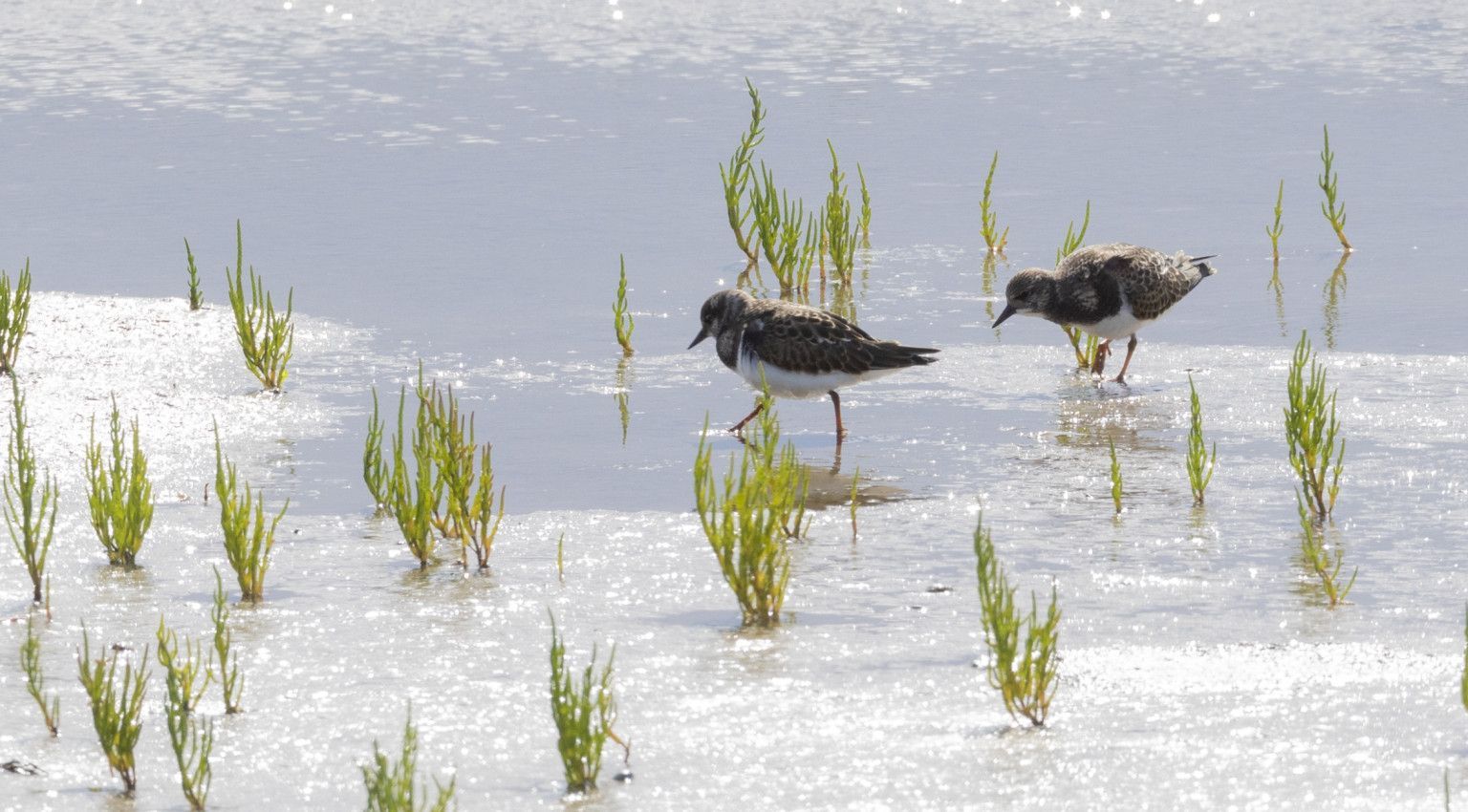
Here the sea has all the room it needs
The salt marshes of The Hôn are known for their salt-loving flora, with species such as sea lavender and samphire turning the landscape into a beautiful purple carpet in summer. Besides their aesthetic value, these plants play a crucial role in the ecosystem by retaining soil and promoting biodiversity.
More than 110 species of birds are observed here every year, and at low tide, the sandy plain turns into a nutrient-rich area for shorebirds.
Birds and mammals
The Oerd and The Hôn together form an important habitat for numerous bird species, making it a paradise for bird lovers. Among others, you can spot spoonbills, avocets, oystercatchers, shelducks, eider ducks and gulls here. Especially during the breeding season, from March to July, it is a hive of activity with birds building nests in the dunes and on the salt marshes and raising their young. Migratory birds also use this area as a resting place during their long journeys between north and south.
It is an ideal place to observe rare species and enjoy the rich diversity of bird sounds. Don't forget your binoculars for an optimal bird-watching experience!
In addition to birds, mammals are also found in this nature reserve. Rabbits and hares can often be seen among the dunes. In the nearby Wadden Sea, seals can regularly be found resting on sandbanks or swimming in the channels.
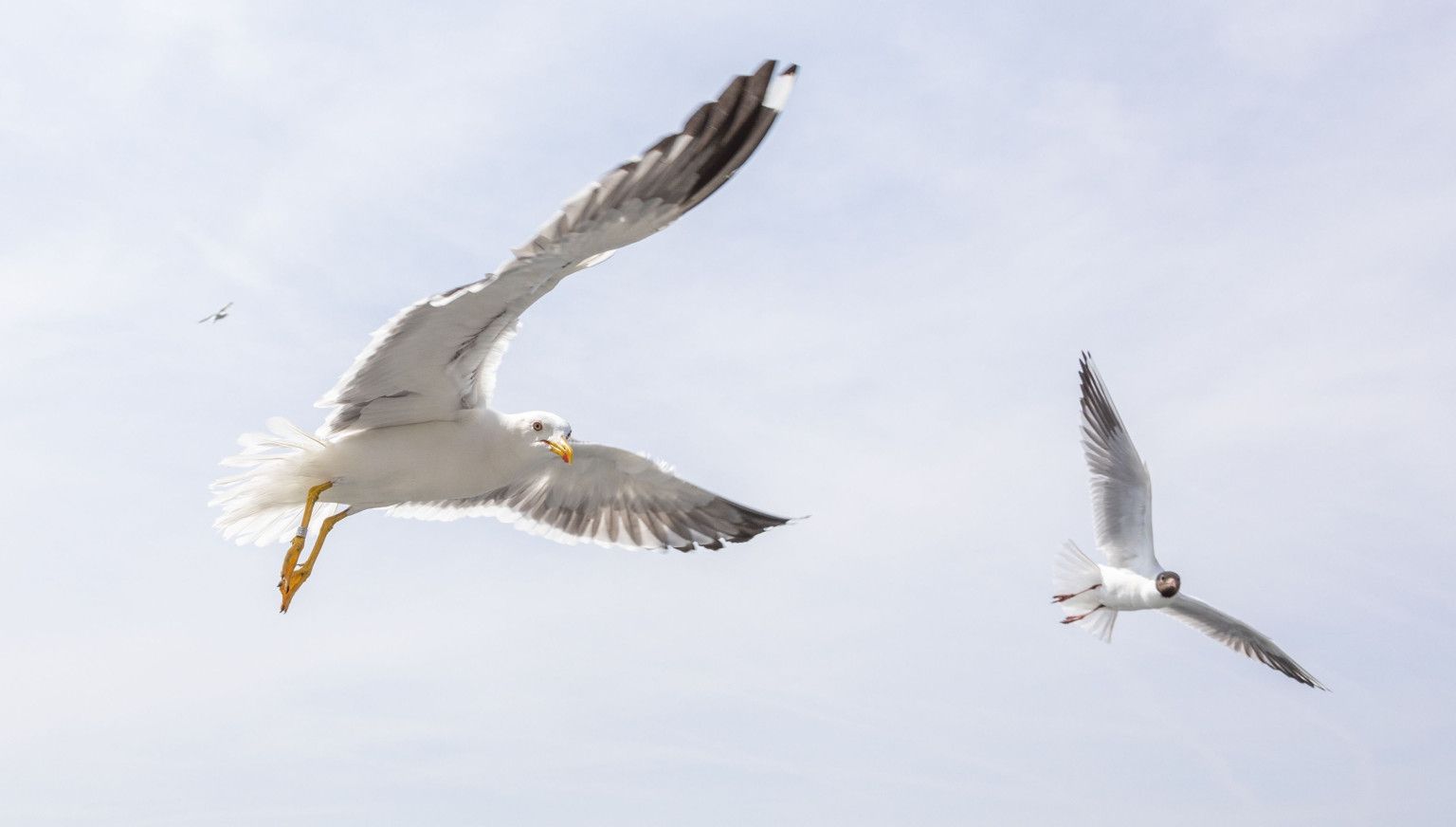
Birds on the Oerd
In the eastern old dunes of The Oerd, the herring gull is strongly represented. There is a colony of more than 3,300 pairs. The area is ideal for the blue and marsh harrier. Other common breeding birds include:
- eider duck
- merchant duck
- whimbrel
- crested grebe
- common tern
- wheatear
- hopper warbler
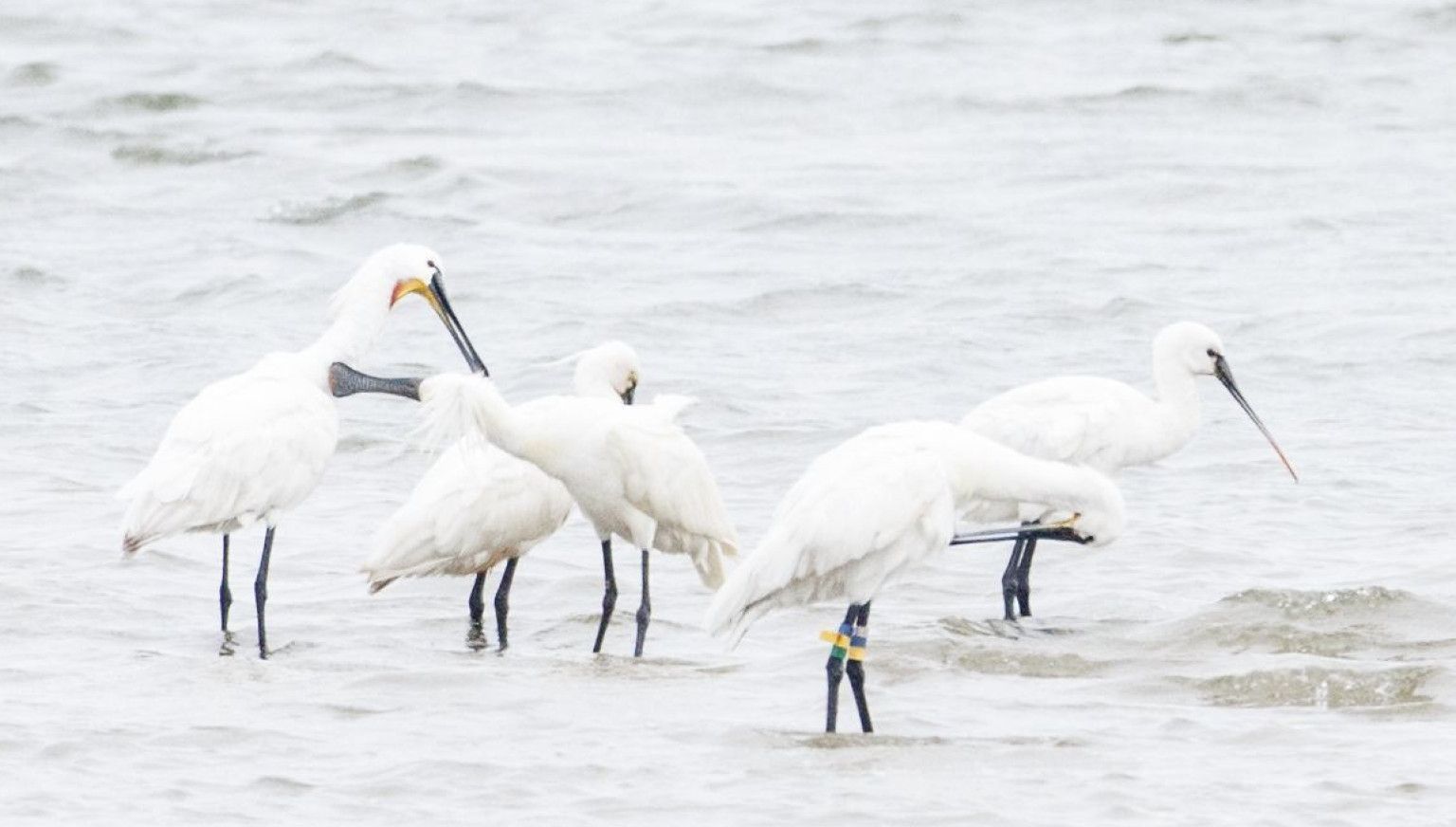
Birds on The Hôn
The De Hôn nature reserve is still constantly changing. New dunes are forming and the salt marsh is slowly expanding. The pride of De Hôn nature reserve is the colony of spoonbills. Since 1994, they have been permanent residents of De Hôn nature reserve.
The short-eared owl also breeds there and sea lavender is abundant in late summer. The plant puts large parts of the area in a purple glow.
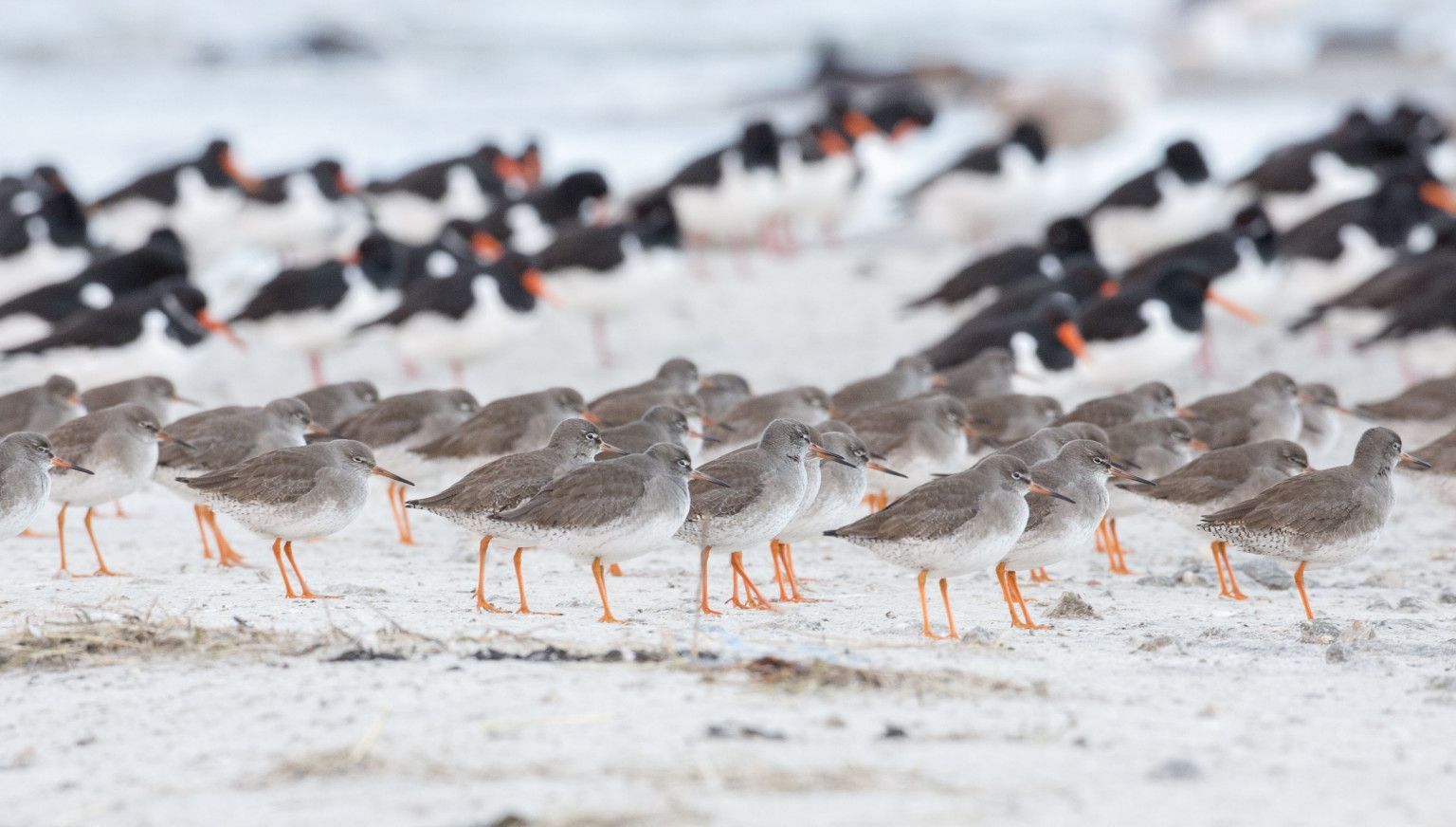
Birds on the mudflats
Outside the breeding season, many birds try to find refuge on the mudflats. When they return after looking for food because the tide is getting high, they rest on The Oerd and The Hôn. Especially in autumn, tens of thousands of birds are involved, including oystercatcher, black-tailed godwit, curlew, redshank and dunlin. In spring, thousands of brent geese migrate over. They call at East Ameland on their way to their breeding grounds in the Polar Region.
Learn more about birds on Ameland
Do you want to know the best locations on the island for bird watching? Which bird species occur on Ameland? Or why precisely the Wadden area is so important for birds? Or would you like to spend the night in a real bird house?
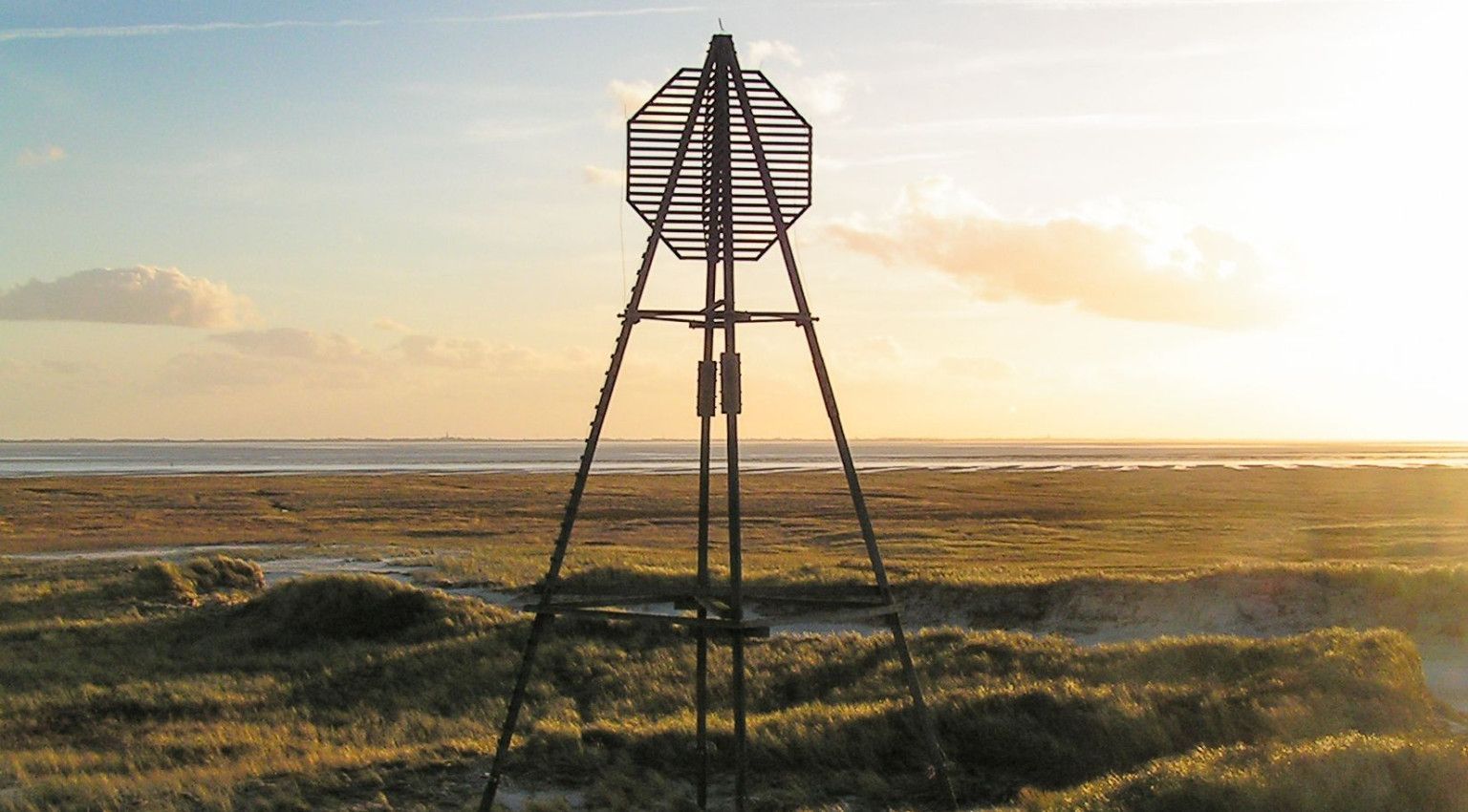
The Beacon
If you go to Het Oerd and De Hôn, you will immediately notice it: the Beacon. This wooden sea monkey was placed in the 1950s as an oriëntation point for seafarers and to follow the changes in the sea channel between Ameland and Schiermonnikoog, especially after the reclamation of the Lauwerszee.
The Beacon has a pyramid shape, with four wooden posts and striking octagonal signs at the top, making it visible from all sides. Originally it stood loose in the sand, but as it began to sink, it was later given a concrete foundation.
Nowadays, it is not only a piece of maritime heritage, but also a well-known landmark for hikers. As you trek through this rugged, unspoiled nature reserve, the Beacon offers stunning views of the vast sandy plains and the horizon.
Tip: always wanted to see the Beacon up close? Then hop aboard the Strandexpress or the Strandjutter or ride along with the strand rides of Johannes de Jong.
Ameland's tallest dune
The Oerder Blinkert, at 24 metres, is Ameland's highest dune and offers sweeping views over the island and the Wadden Sea.
From the viewing platform at the top, you can even see Schiermonnikoog and Terschelling in clear weather. A perfect place to take in the vast nature of Ameland.
Naturally, there are more viewpoints on the island. Curious which ones they are? View them here.

Hiking on the Oerd
The best way to discover the Oerd and De Hôn is on foot. There are several walking routes that take you through this impressive area. In the booklet Wandering on Ameland you will find a nice 4-km route through 't Oerd.
Whether you opt for a short walk or an extended tour, you will be amazed by the natural splendour you will encounter along the way. Don't forget to bring a picnic basket or packed lunch and enjoy a relaxing day in nature.
Useful to know
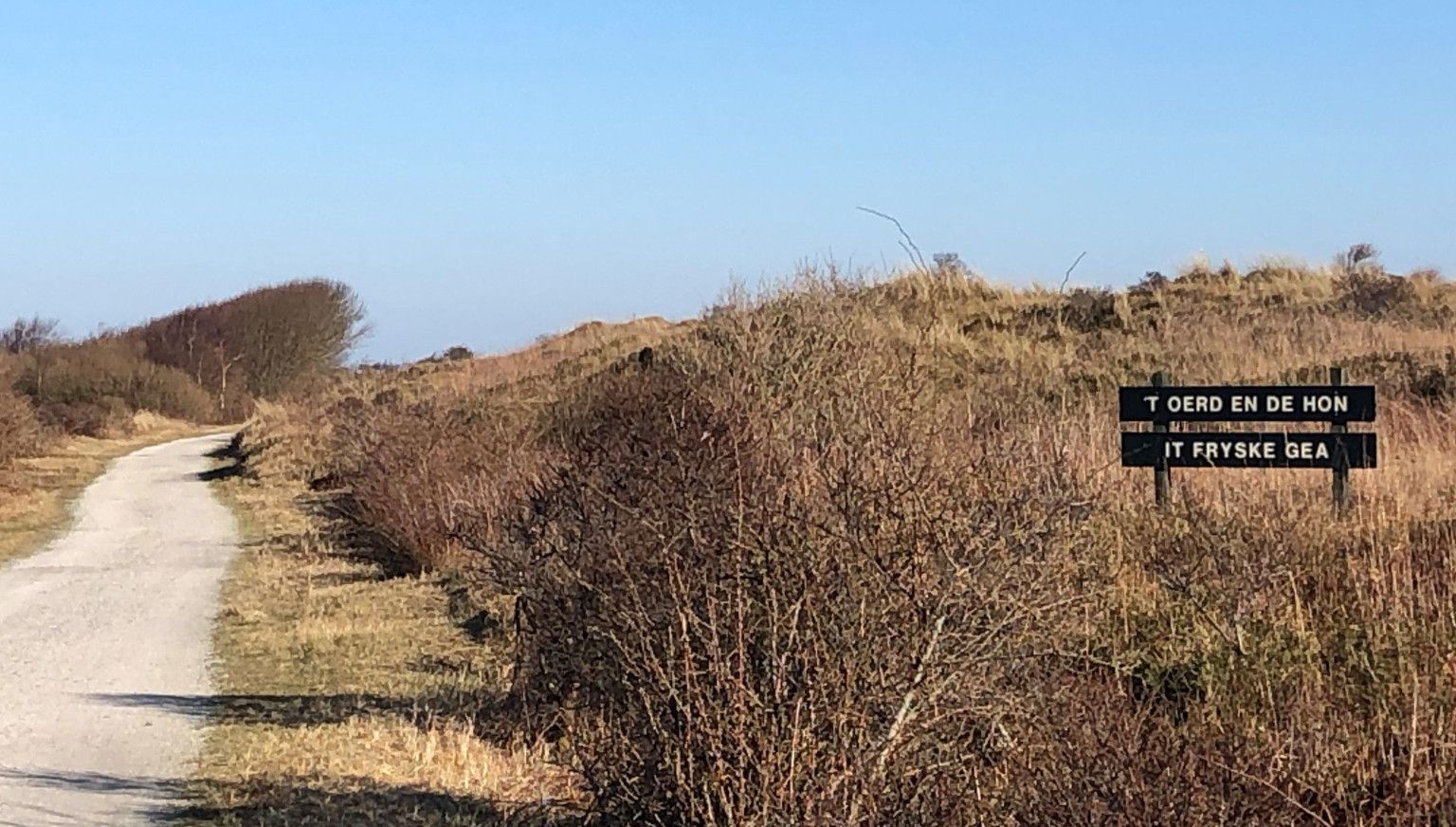
How to get to the Oerd?
The Oerd and The Hôn can be reached both on foot and by bike.
By car you can drive to the car park at the KooiOerdstuifdijk (east of Buren), where the Jan Sietsepad ends.
From here it is about another 3.5 km walk to The Oerd. From the car park to the Oerdblinkert it is about 4.8 km more.
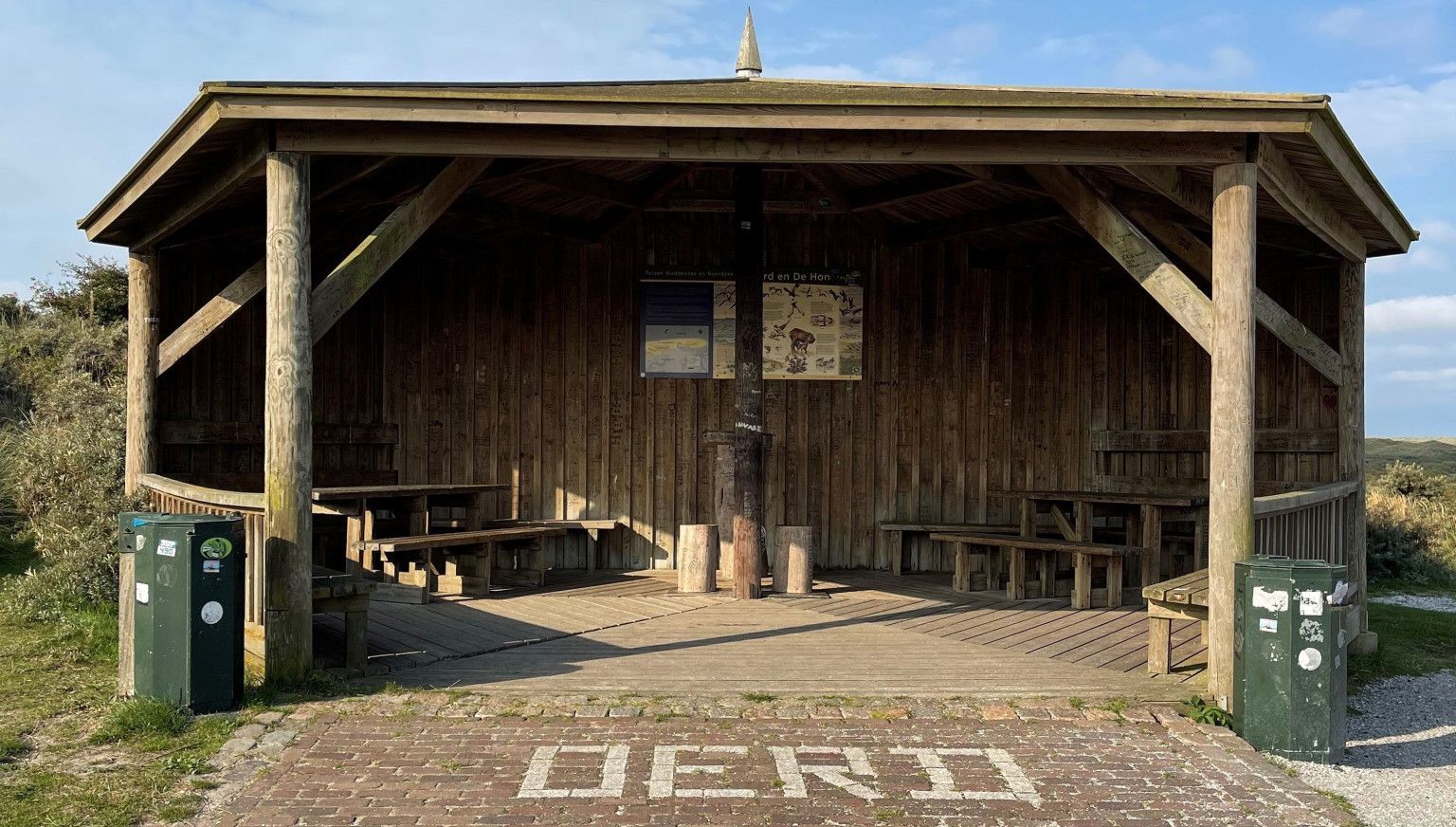
Primal hut
At the foot of the Oerdblinkert you will find the Oerdhut. Here, if necessary, you can take shelter or recover from your hike or bike ride.
Please note: there is no restaurant or anything similar here, so don't forget to bring a picnic basket or packed lunch.

Dogs and litter
Enjoy The Oerd, but do not leave litter behind, so that the environment remains pure and protected.
Dogs are welcome on The Oerd and the Hôn, but should be kept on a leash at all times. This way, you and your four-legged friend can enjoy the beautiful surroundings without disturbing the peace of birds and other animals. Together, we will ensure that The Oerd remains a protected piece of nature!
.
Protection and conservation
The Oerd and The Hôn are protected under Natura 2000. This means rules apply to protect nature. Visitors are encouraged to follow the paths and treat nature with respect. During the breeding season, some areas are closed to give the birds the peace and quiet they need. Thanks to these measures, we can continue to enjoy the unique nature Ameland has to offer.
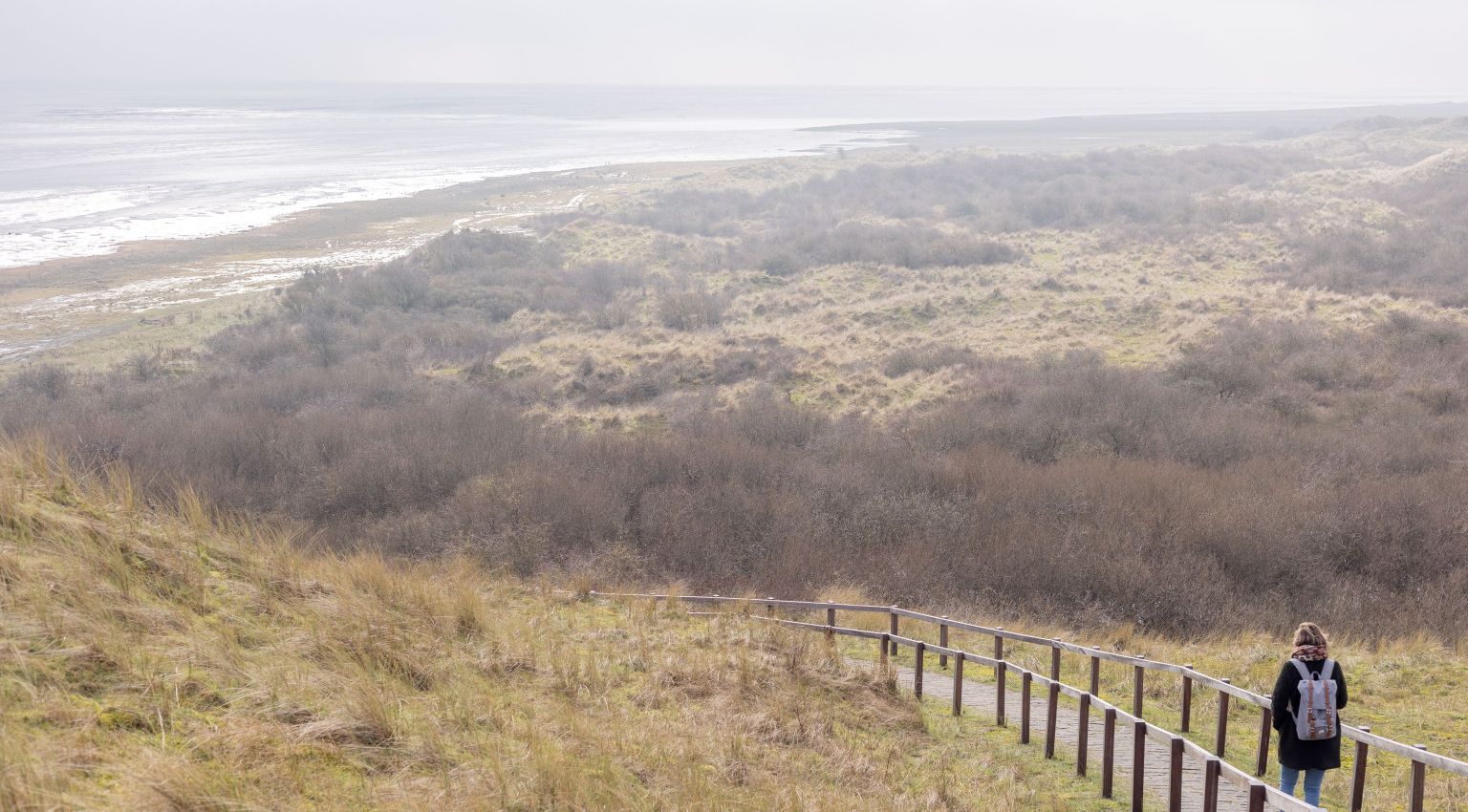
The saga of Rixt of Oerd
The Oerd is not only rich in nature, but also in stories. A well-known saga tells of Rixt van Oerd, a woman who lived in a hut on Het Oerd. According to tradition, she deceived ships with her lantern. As a result, ships thought they were approaching a safe harbour, but ran aground on the sandbanks, after which Rixt collected the goods washed ashore.
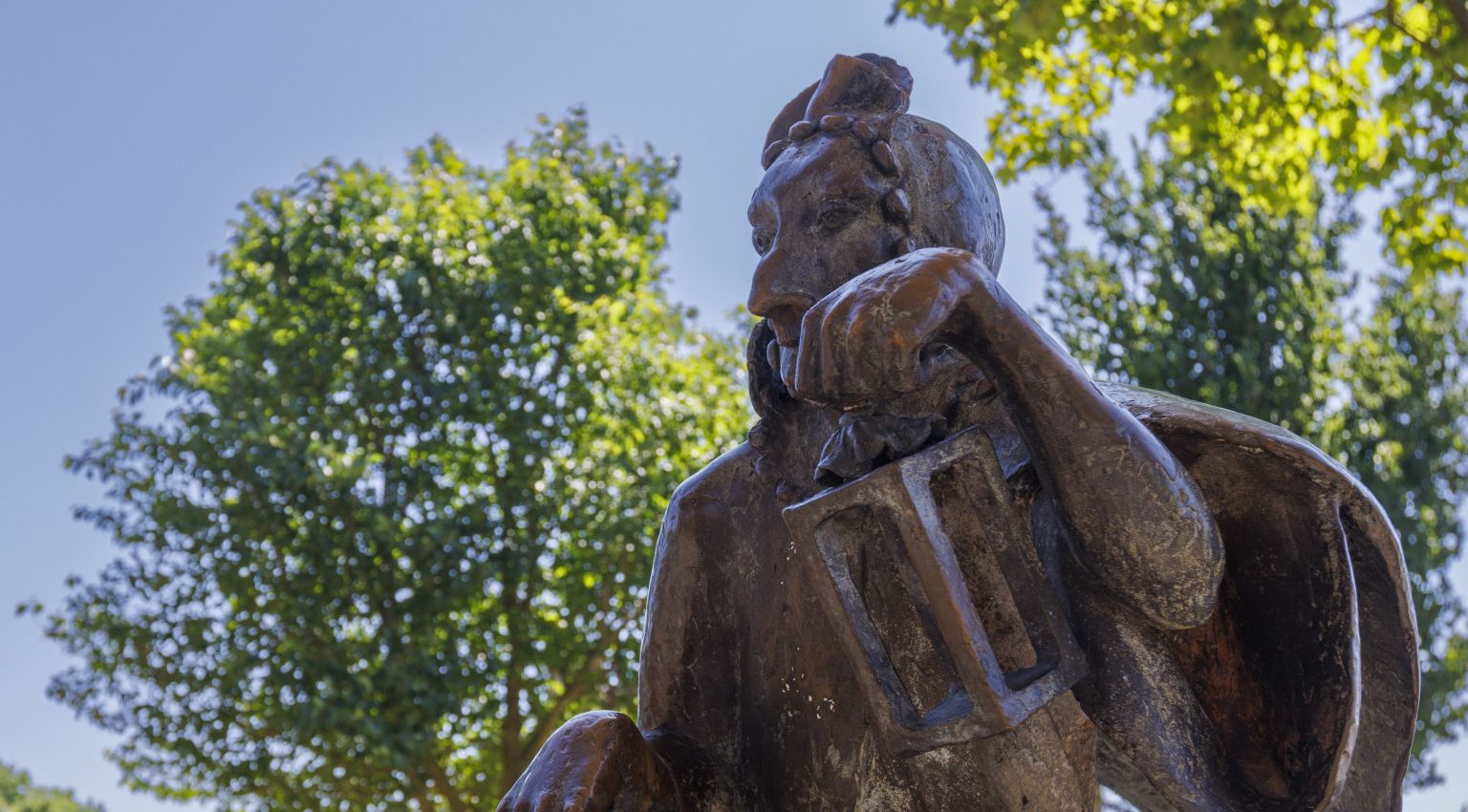
Did you know...
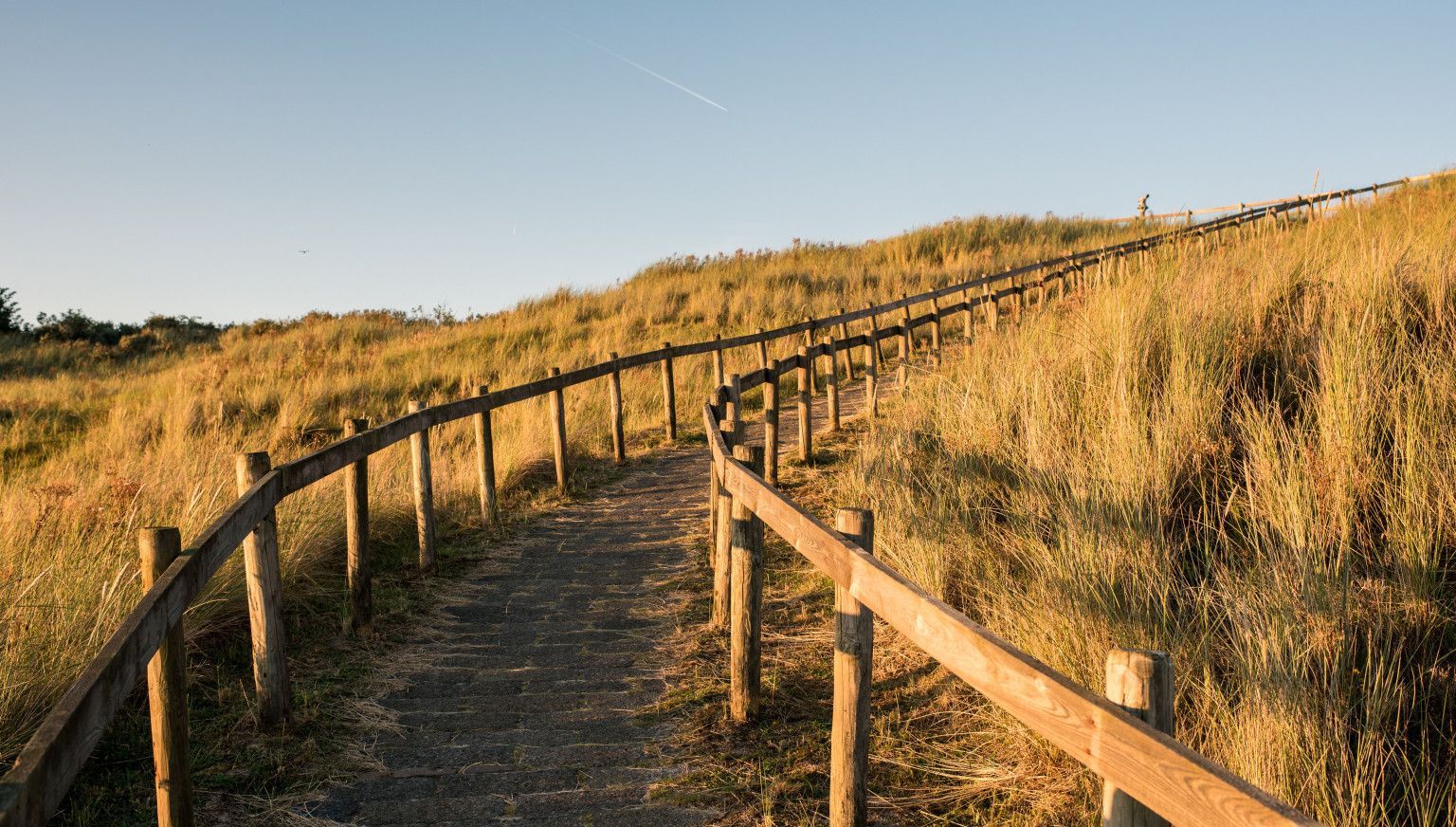
The vanished village of Oerd
There was once a village on the Wadden Sea side of the Oerd?
In the 14th century, it experienced its heyday, trading on the Baltic Sea with as many as 50 ships. This lively trading village later disappeared due to the power of the sea.
Without the shifting dike that is there today, the water had free rein. During storms, the sea flowed from the beach towards the Wadden Sea, eventually causing the village to disappear in the waves. A forgotten piece of history, hidden under the sand and water of Ameland.
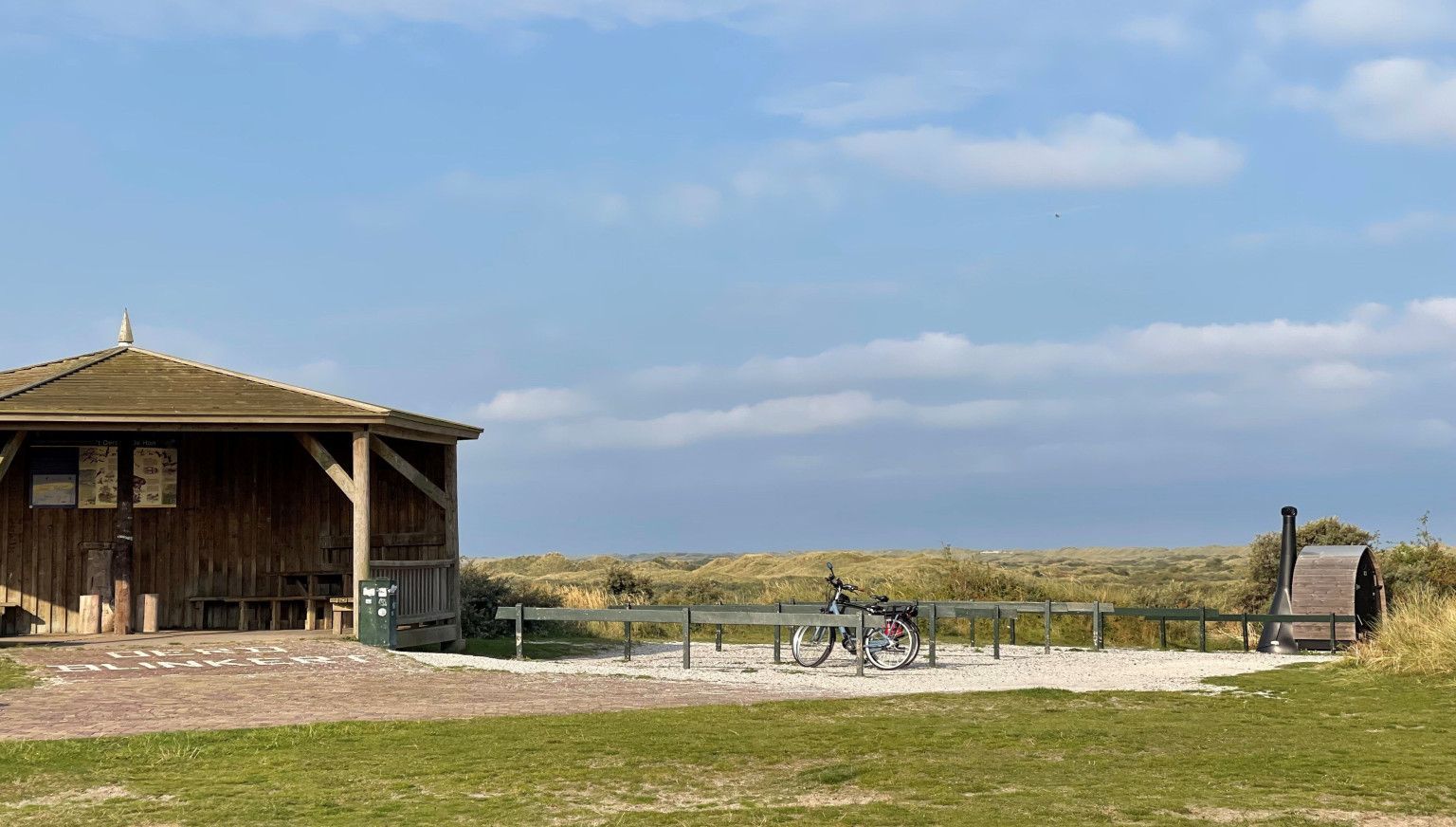
Saint John's
Did families used to travel by horse and cart to the Oerd for an extended picnic? They did this during St John's Day on 21 June, a festival celebrated only in Ballum
They took along bread, bacon, coffee and lemonade and looked for koa eggs (gull eggs) on the Oerd, which were fried on the spot. Later, this was regulated and people had to apply for a permit from It Fryske Gea. Afterwards, there was dancing at Nobel in Ballum. After 1950, the horses gave way to a tractor and wagon ride.
Nowadays, Amelanders still occasionally trek in groups to the Oerd for a pleasant day in nature, even if it is without the search for eggs. Picnicking and enjoying the island feeling together remains a much-loved tradition.
Read more and sources
